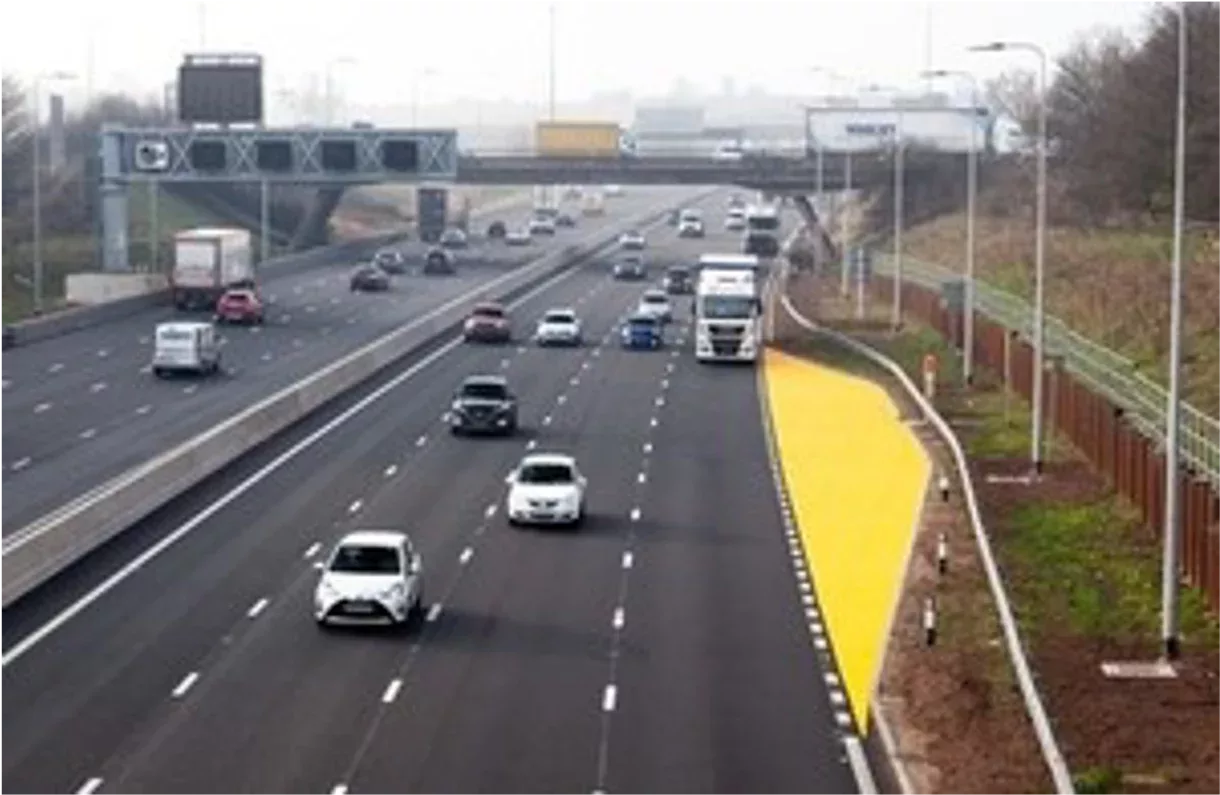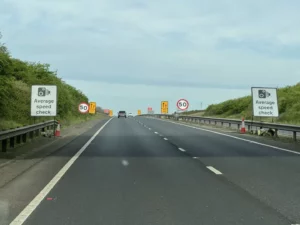There is not enough safety and economic data to justify continuing with the roll-out of smart motorways, according to a new report by the Transport Select Committee.
The Committee is calling for National Highways to suspend the roll-out of new all lane running schemes until there is more data.
It has said it wants to see five years of safety and economic data for every all-lane running scheme introduced before 2020. It also wants the implementation of the safety improvements in the Government’s action plan to be independently evaluated.
The report said: “The design of our motorways and strategic roads necessarily entails balancing competing priorities. However, successive Administrations, together with the Department and National Highways’ predecessor, Highways England, underestimated the scale of safety measures needed effectively and reliably to mitigate the risks associated with the permanent removal of the hard shoulder on all-lane running motorways. The Department and Highways England failed to deliver safety improvements to all-lane running motorways in a timely fashion, despite having promised previous Transport Committees that such improvements would be prioritised. Moreover, the communication of this radical change in the design of our motorways has been woeful. Six years after their introduction, many
people do not understand what all-lane running motorways are and what to do if they breakdown in a live lane.”
The report came on the day protestors carried coffins across London’s Westminster Bridge representing deaths on smart motorways. The protest was led by Claire Mercer, whose husband Jason died on a stretch of the M1 without a hard shoulder.
Reacting to the report, RAC head of roads policy Nicholas Lyes said, “We welcome the committee’s report which once again raises many of the concerns about ‘all lane running’ motorways expressed by both drivers and the RAC. While the Government’s stock-take added some much-needed urgency to making these roads safer, it remains the case that permanently removing the hard shoulder continues to be deeply unpopular with many drivers, with our research clearly showing that drivers are opposed to the removal of the hard shoulder because of the increased risks they are exposed to if they have to stop in a live lane.
“By the committee calling for the roll-out of all lane running smart motorways schemes to be paused, the Government would have time to evaluate a more complete set of safety data. The committee’s call to retrofit existing smart motorways with more refuge areas would also make these stretches of road safer than they are today, something we’ve long called for. But whether these and other actions are enough to convince drivers of the merits of all lane running remains to be seen.
“We’re pleased to see the committee has taken a different view over the Government’s plans to scrap dynamic hard shoulder schemes. We continue to believe that these schemes could in fact be made the new standard as they still offer somewhere to stop away from live traffic in the event of a breakdown during quieter times, while still accommodating more traffic at busier times. They have also demonstrated very good levels of safety.
“We feel a huge question mark remains over whether it’s right that yet more money is spent on rolling out further all lane running smart motorways when there are clearly viable alternatives available. We’d like to see the Government take a second look at the benefits of dynamic hard shoulder schemes as a matter of urgency.”
“Dynamic hard shoulder motorways apparently confuse drivers, because the hard shoulder is used unpredictably to tackle congestion. A more consistent approach, where the hard shoulder is used at known times, could clarify the situation for drivers without physically removing the hard shoulder. The Department for Transport and National Highways should pause plans to convert dynamic hard shoulder motorways until the next Road Investment Strategy and use the intervening period to trial alternative ways in which to operate the dynamic hard shoulder to make the rules less confusing for drivers,” concluded the report.
(Picture – National Highways)




























